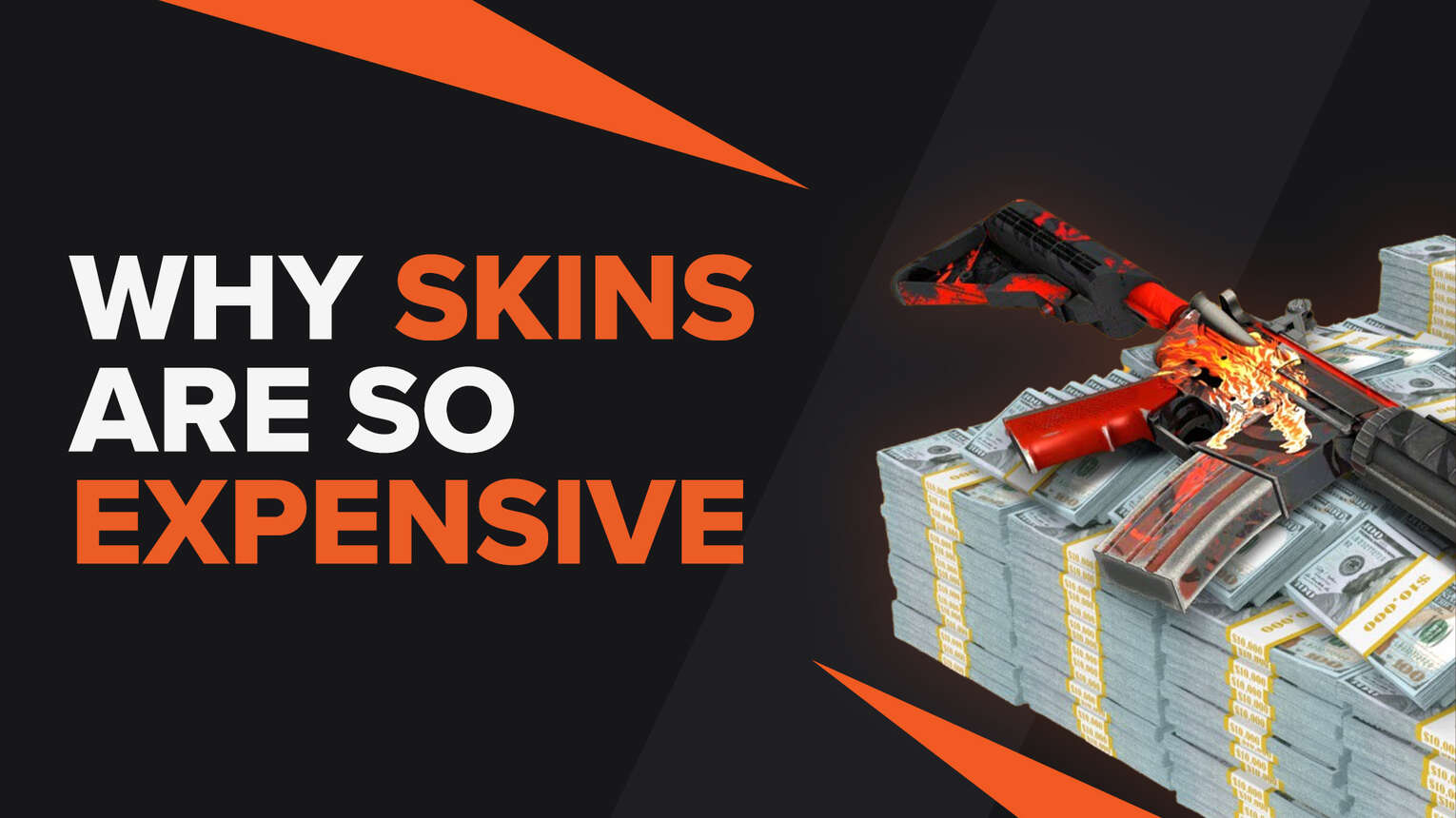
In the game, you can buy a knife finish for the price of a new sports car. But why does a look for a weapon in a videogame exceed that of an automobile?
This article was written with the support of BLOG.CS.MONEY - a website where you can find everything about the coolest CS2 (CSGO) skins, learn interesting details about the game, and follow the main eSports events.
Collectibles & mass market
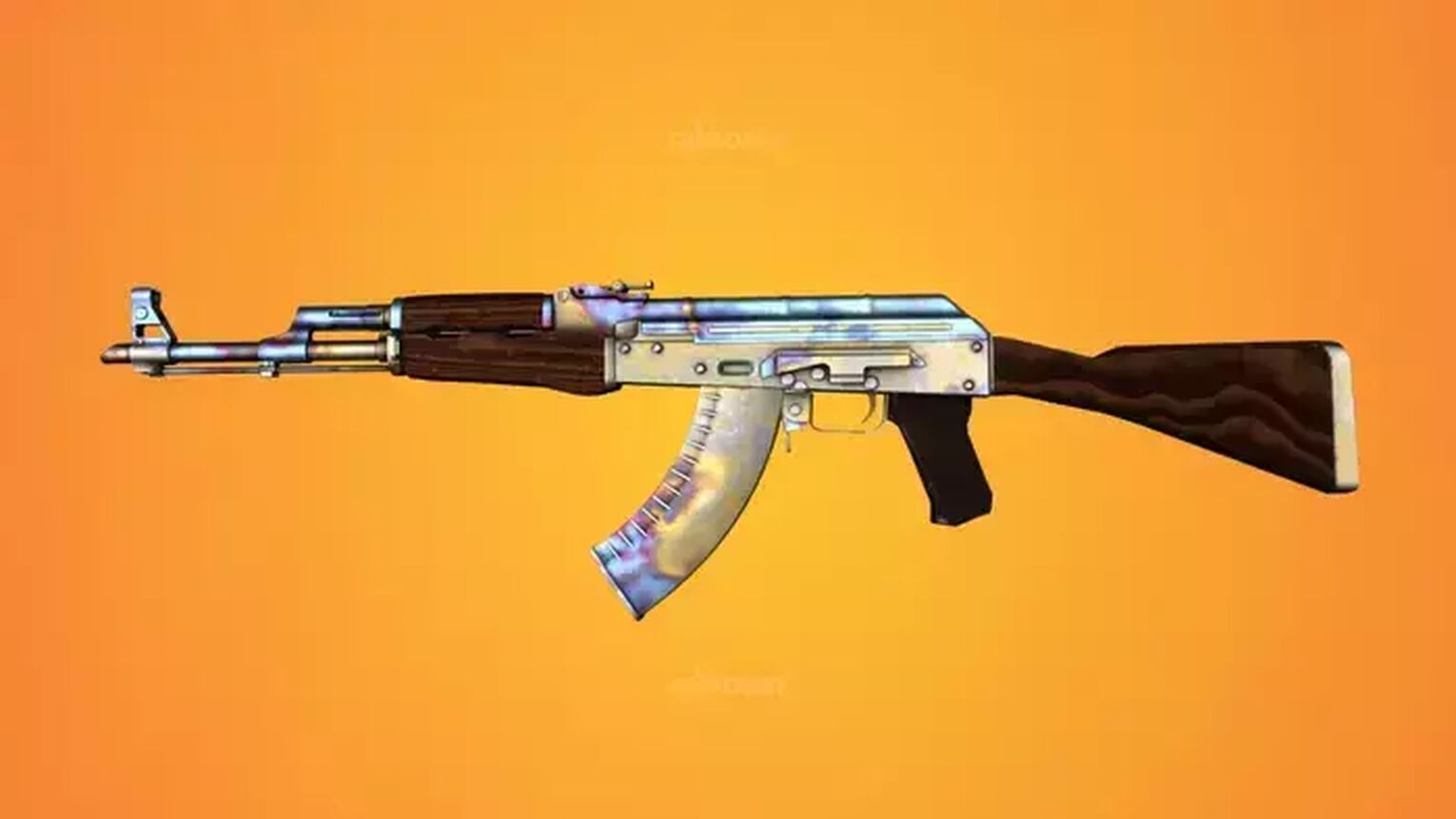
In Counter-Strike: Global Offensive, skins are purely cosmetic items. They change the appearance of default weapons without affecting the mechanics of the game in any way. They appeared in the game almost ten years ago. By introducing them, Valve successfully appealed to primordial human habits: a passion for collecting and the urge to be different. The skin market has grown intensely, with hundreds of thousands of trade operations made on marketplaces every year.
Most of these transactions involve relatively small amounts. The most popular finishes like the AK-47 Redline are priced at around fifty dollars — a sum comparable to the price tag of yet another game by EA or Ubisoft. There's also incredibly cheap stuff, like the P250 Sand Dune that costs a few cents — and extra expensive skins. The price of the latter amounts to tens of thousands of dollars.
What defines the price?
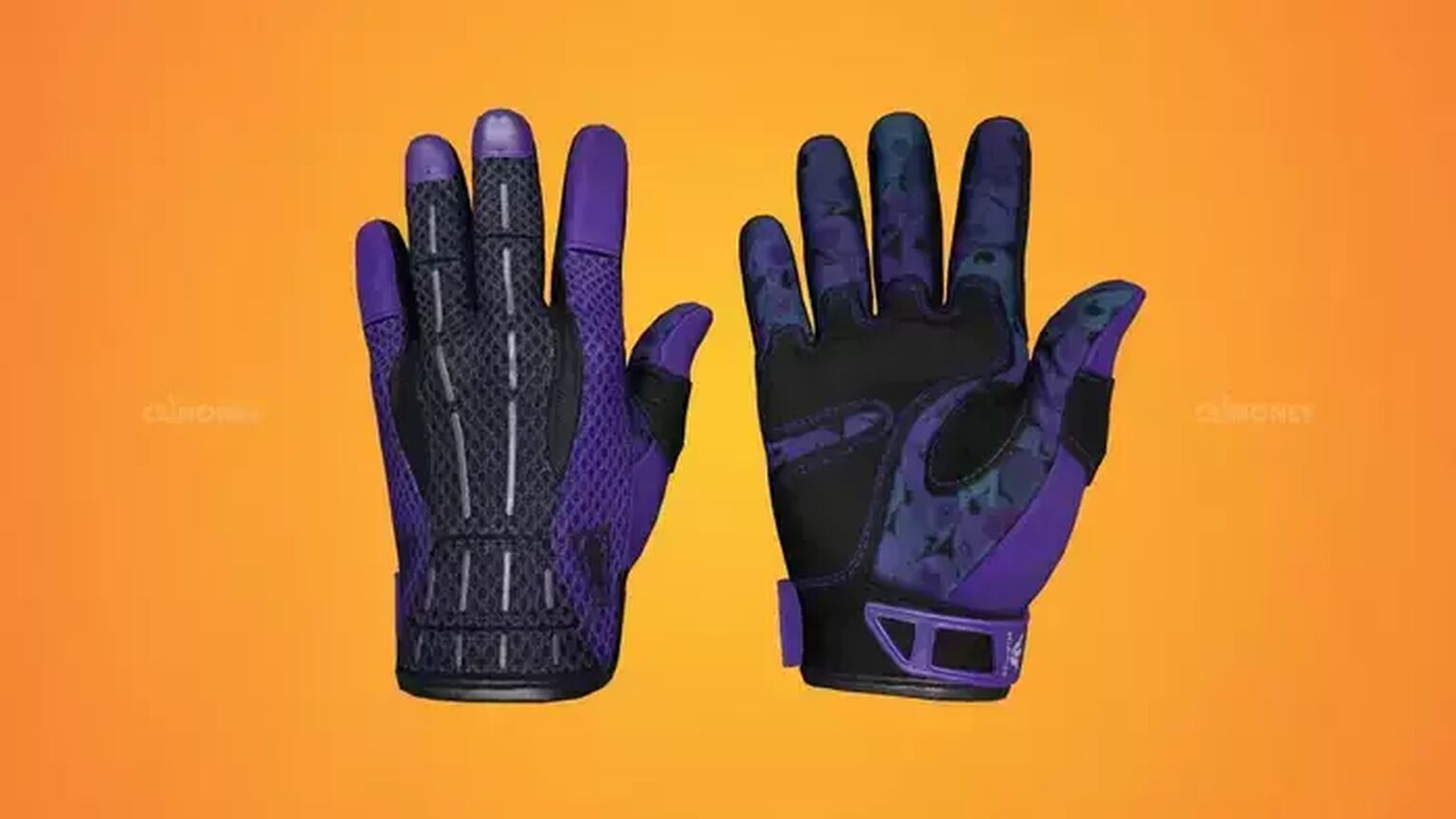
Skins attract attention from the moment they drop. Valve has expertly maintained this interest by providing new customization options. The player can now modify their in-game appearance using agents, weapon finishes, a unique pair of gloves instead of the default one, and even one of the many graffiti they can apply on the map.
This variety notwithstanding, skins remain the most important means of customization. Their price is determined by three factors: the item’s rarity, its wear condition, and the pattern. The rarity of a skin is determined by its class. There are a total of seven skin classes. The chance of getting a low-class equals 4 out of 5. Getting a high-called knife or skin is much harder, with the odds lower than 1 out of 100.
Besides the classes, there are five wear conditions: Factory New, Minimal Wear, Field-Tested, Well-Worn, and Battle-Scarred. Factory New is usually the rarest category, while Battle-Scarred is the most common one. Finally, some skins get a "random" appearance, with a special parameter determining which of the 1,000 variations of a pattern this particular specimen gets.
For example, a pair of Sport Gloves Pandora's Box can cost up to $30,000. Not bad: just a couple thousand bucks more expensive than a new Toyota Camry. It’s exactly because they're so rare that a pair of virtual gloves cost more than a car: getting those in good condition is a challenging task. The probability of opening the case and getting a pair of Sport Gloves Pandora's Box Factory New is comparable with the probability of winning a lottery. That's why virtual gloves are more expensive than an actual car.
Collecting & investing
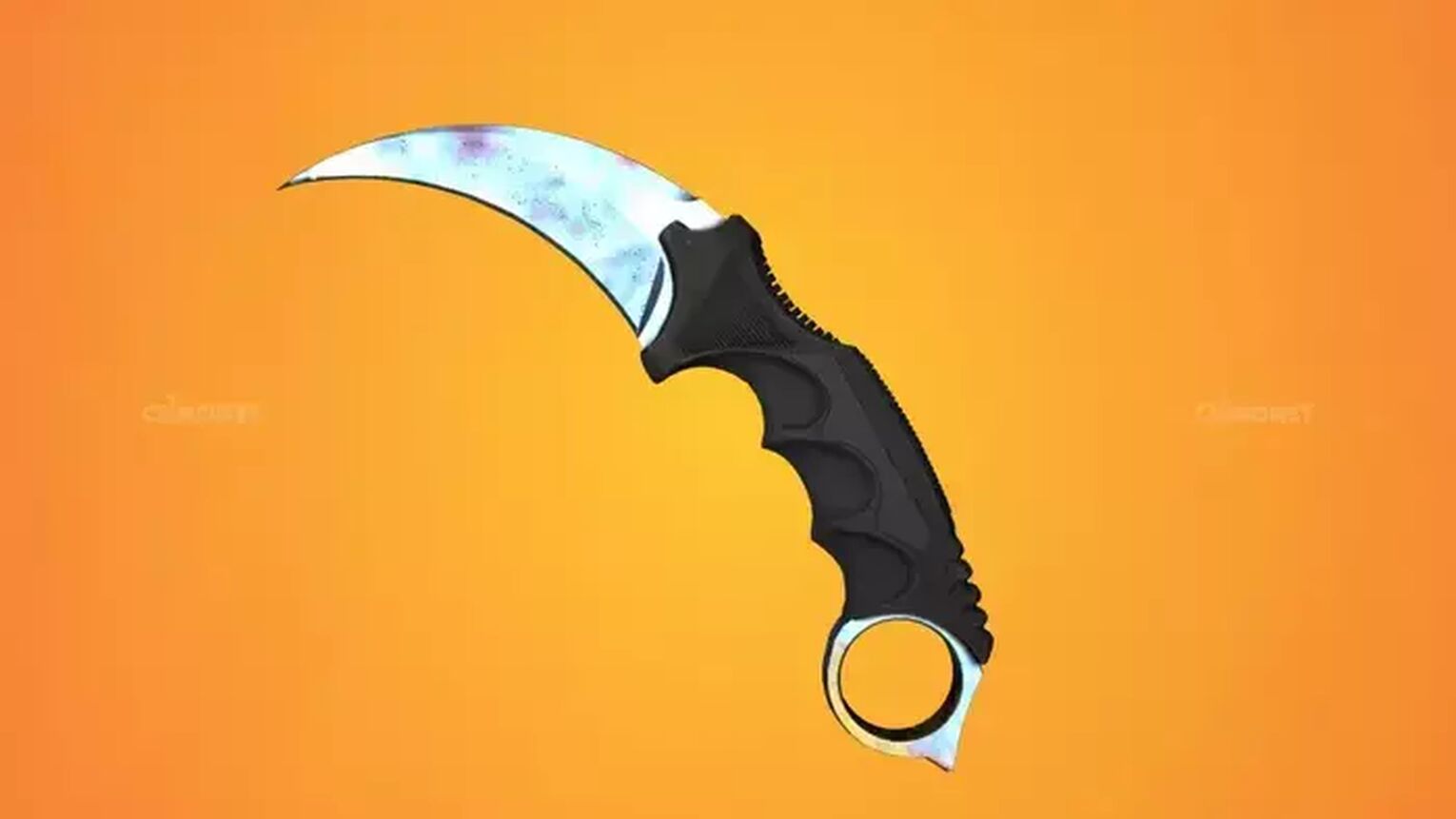
Another reason why the prices are sometimes so huge has to do with the community of traders and collectors. In an effort to build the most impressive collection or to make money from it, they raise prices time after time. The story of the Karambit Case Hardened Blue Gem Factory New is rather telling in this regard. You can buy these items on the legit and safe skin trading site CSMoney.
It's an extremely rare knife indeed: only one copy exists. It would make a superb addition to any collection. Several years ago, it was purchased by Newb Rage — who still owns the finish. The collector had to pay $100,000 for the right to possess this beauty. Even by today's standards, this defines a record deal. Sales involving such sums occur once a year.
Presently, Newb Rage is ready to part with the skin to make "a little" money. He doesn't name a specific sum, but he rejected an offer of $1,200,000, calling the price "too low." Even James Bond didn't have such expensive stuff, and you’ll probably remember that the renowned British spy rode around in an Aston Martin!
Contraband items
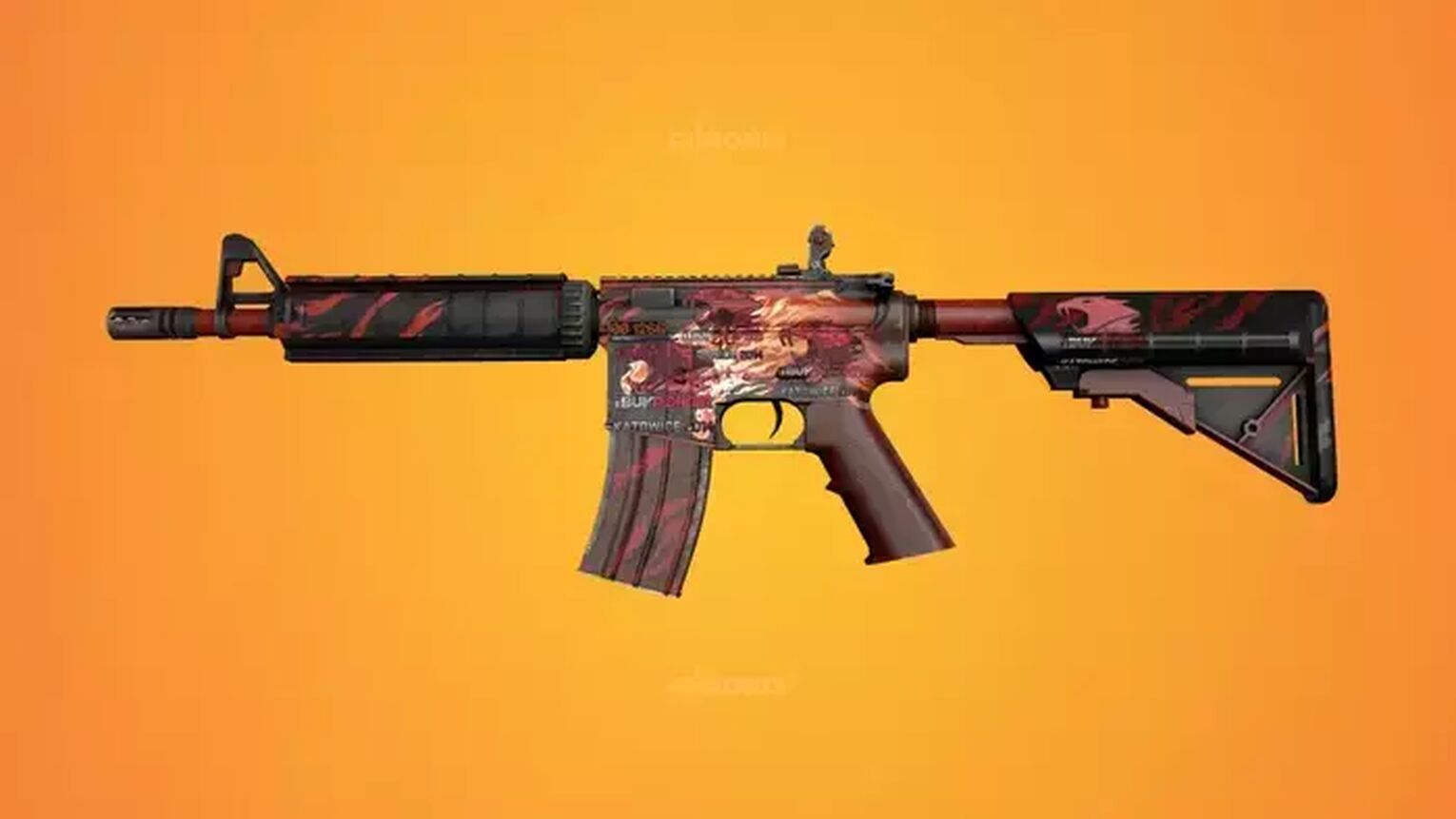
The rise in prices is not only due to collectors' activities. Valve treats skins incredibly carefully and cautiously. The history of Counter-Strike: Global Offensive has only seen a few scandals around cosmetic items. And it was only in one single case that the company resorted to drastic measures, completely removing the possibility of obtaining new copies of a finish.
That’s the story of the M4A4 Howl. You can’t get one of these today, so their number is limited to those specimens that players already have in their inventories. Due to this decision, the price of the skin went from hundreds of dollars to several thousand bucks apiece. Nevertheless, that was an isolated case.
All subsequent copyright issues were resolved in a different way, with the trigger of the conflict always getting removed from the item, and the finish itself remaining in the game according to the general rules. Thanks to this responsible and consistent approach, skin prices haven’t collapsed and the market of "pixel guns" continues to grow.
Pixels worth millions
So why do CS2 (CSGO) skins cost more than a car? The answer to this question is a complex of factors, including the rarity of skins, Valve's responsible attitude, and a large fan base. Combined, these create a situation unprecedented for video games: skins have become collectibles and a source of pride — much like cards from collectible card games.


.svg)


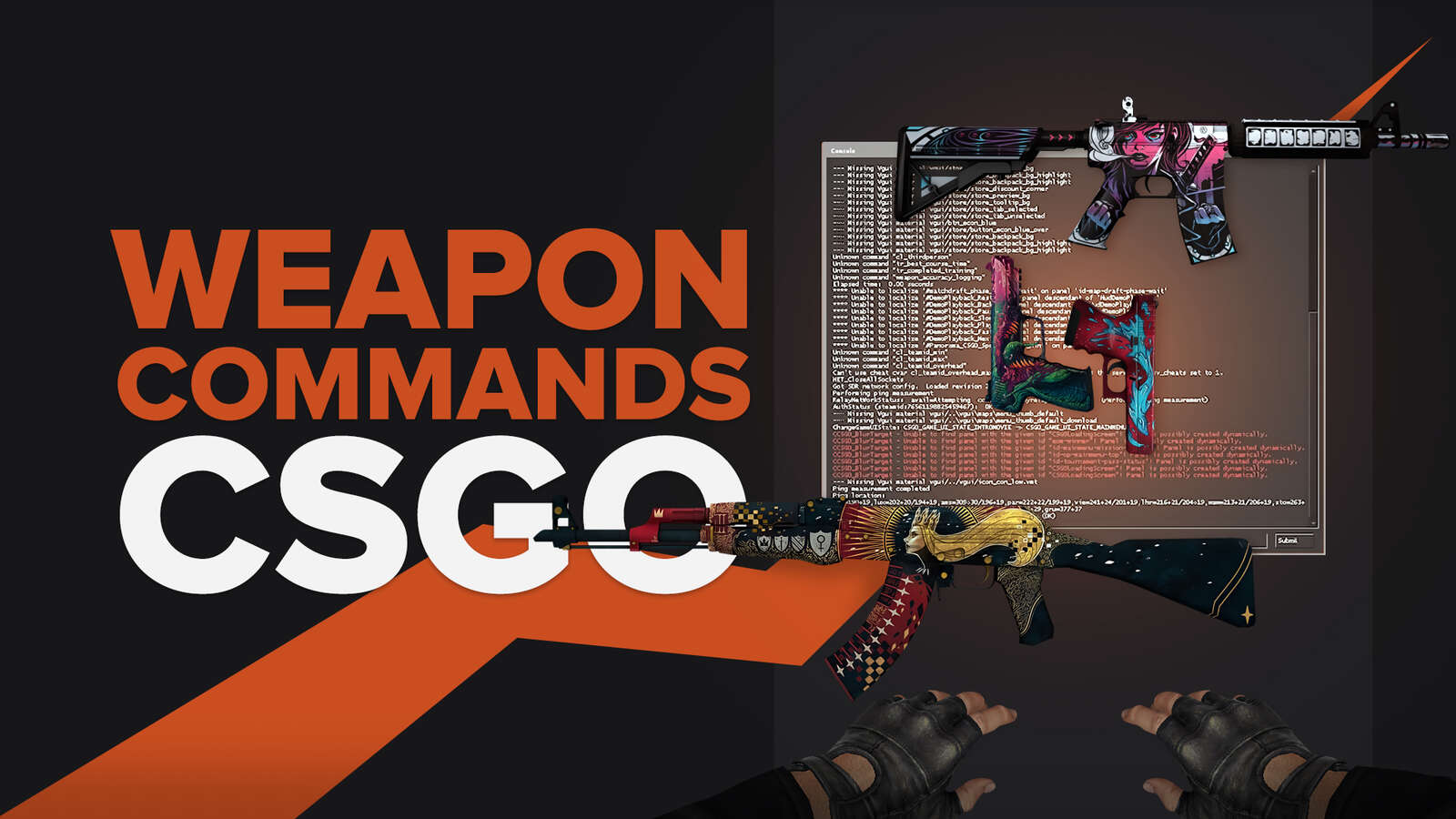
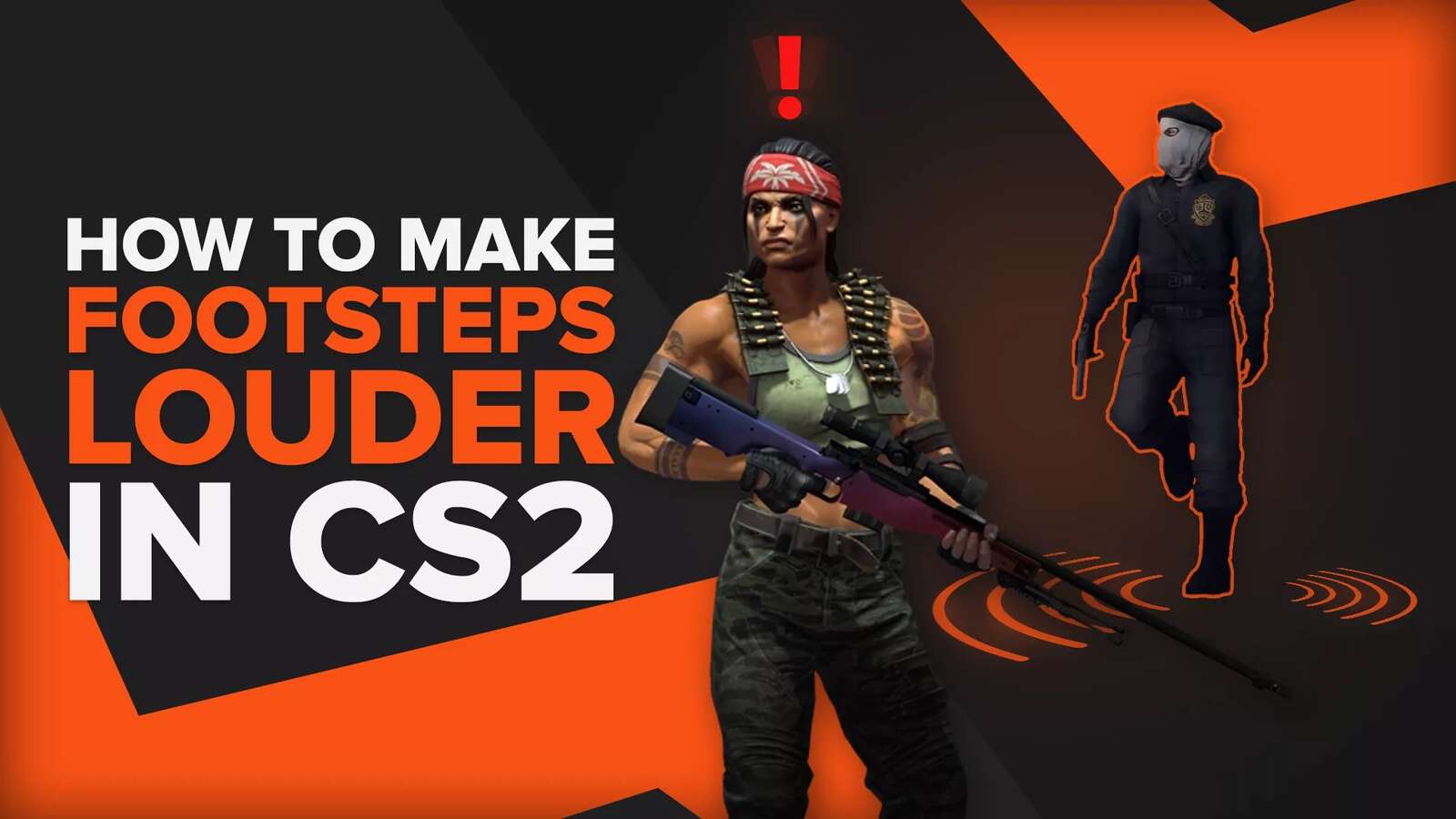
![Best Sites to Buy Skins in CS [All Tested] + Discounts](https://theglobalgaming.com/assets/images/_generated/thumbnails/4092904/61a89a7d2ad69acdabef3deb_Best-CSGO-Buying-sites_03b5a9d7fb07984fa16e839d57c21b54.jpeg)
![CS2 Weekly Care Package System Explained [With Reset Time]](https://theglobalgaming.com/assets/images/_generated/thumbnails/4084023/cs2-weekly-drop-system_03b5a9d7fb07984fa16e839d57c21b54.jpeg)